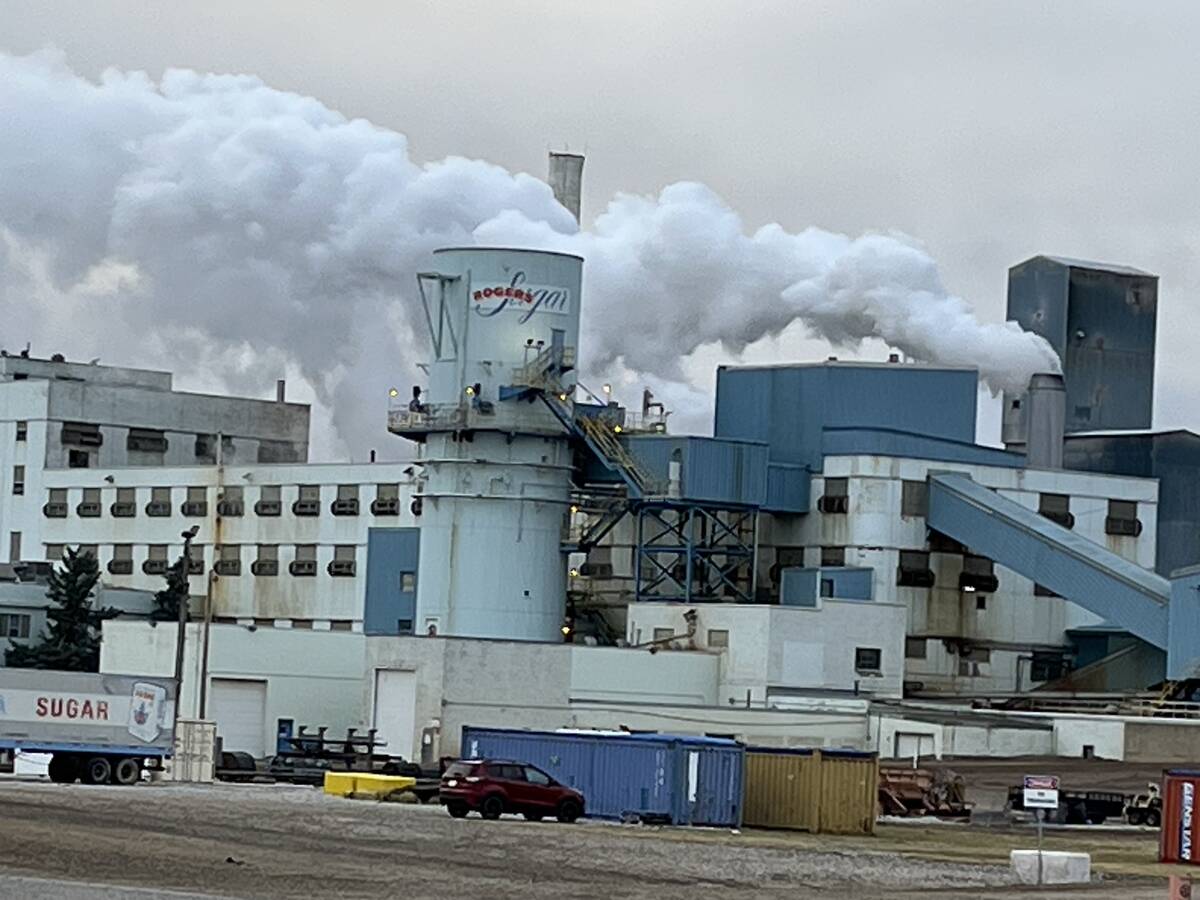Heat units may not be a perfect way to rate soybean maturity, but heat is crucial when growing beans on the northern Plains, a soybean breeder says.
Day length, specifically hours of darkness, determines when soybeans flower and mature in Illinois and other parts of the U.S. Midwest, said Ted Helms from North Dakota State University.
“Up here in (North Dakota), the tendency for the soybeans we grow … they’re controlled both by hours of darkness and also heat units. But they’re more influenced by heat units than by day length.”
Read Also

Sugar beet harvest underway in southern Alberta
Alberta Sugar Beet Growers hosts field tour to educate the public on the intricacies of the crop, its harvest process, and contracts with Lantic Sugar
The United States categorizes soybeans by maturity groupings and breeds them for the day length of a particular latitude so that they flower and reach maturity at an appropriate time.
Manitoba’s Seed Guide will use company heat units and maturity groups to rate soybeans this year. However, the plan is to abandon heat units next year and fully adopt the U.S. system.
Helms said that’s fine, but heat is essential to growing beans in North Dakota, Manitoba and Saskatchewan.
“Heat units in my area of the world and your area of the world really are the most meaningful measure,” he said.
“In the U.S., we never did use heat units, although we probably should have up here.”
A recent Agriculture Canada study found that two 00 soybean varieties, with company heat unit ratings 150 apart, both performed well in Morden, Man., and Roblin, Man.
Roblin receives less heat on average than Morden, which means the results could suggest that it’s possible to successfully grow a variety in an area that doesn’t typically receive the desired heat units.
However, Helms said that conclusion isn’t justified.
“To say your heat units (are) not important, to me that’s not accurate.”















